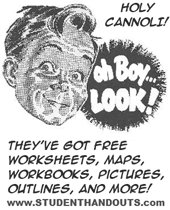| Ferlinghetti: A Rebirth of Wonder (2009) Educator Review and Guide |
|---|
| www.studenthandouts.com ↣ U.S. History ↣ Postwar America ↣ Books & Films |
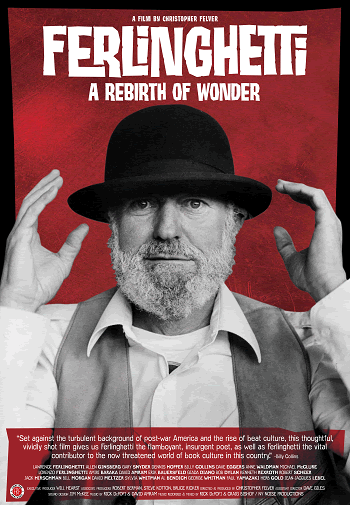 Release date: 2009
Release date: 2009Length: 79 minutes (1 hour, 19 minutes) Creators and stars: Al Bendich, Allen Ginsburg, Amiri Baraka, Anne Waldman, Bill Morgan, Billy Collins, Bob Dylan, Brett Marty, Bruce Ricker, Chris Felver, Craig Bishop, Dave Eggers, Dave Giles, David Amram, David Meltzer, Dennis Hopper, Erik Bauersfeld, First Run Features, Gary Snyder, George Whitman, Giada Diano, Herb Gold, Jack Hirschman, Jean-Jacques Lebel, Kenneth Rexroth, Kevin Starr, Lawrence Ferlinghetti, Michael McClure, Paul Yamazaki, Rick DePofi, Robert Scheer, Sylvia Whitman, Will Hearst 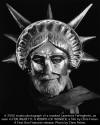 Age appropriateness: Ferlinghetti: A Rebirth of Wonder is not officially rated in the United States. It is safe for classroom viewing by students in grades 7-12, though its content is more aligned to high school literature and history studies. This documentary film includes a light sprinkling of profanity, to be expected in a biographical retrospective of the man who went to court to defend his First Amendment right to publish Allen Ginsberg's Howl.
Age appropriateness: Ferlinghetti: A Rebirth of Wonder is not officially rated in the United States. It is safe for classroom viewing by students in grades 7-12, though its content is more aligned to high school literature and history studies. This documentary film includes a light sprinkling of profanity, to be expected in a biographical retrospective of the man who went to court to defend his First Amendment right to publish Allen Ginsberg's Howl. Accuracy: Ferlinghetti: A Rebirth of Wonder is an accurate biographical sketch of the life of the well-known poet, publisher, and activist. It features numerous insightful interviews with Lawrence Ferlinghetti and his compatriots, along with archival footage, audio, and photographs.
Accuracy: Ferlinghetti: A Rebirth of Wonder is an accurate biographical sketch of the life of the well-known poet, publisher, and activist. It features numerous insightful interviews with Lawrence Ferlinghetti and his compatriots, along with archival footage, audio, and photographs.Review: Ferlinghetti: A Rebirth of Wonder is a biographical sketch of the life and work of renowned poet, publisher, and political activist Lawrence Ferlinghetti (born March 14, 1919, in Yonkers, New York). For those interested in learning more about Ferlinghetti, this documentary film does a great job of presenting his poetry and mindset. 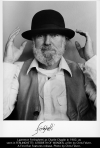 For educators looking to introduce their students to the work of the Beat Generation, Ferlinghetti: A Rebirth of Wonder is a terrific film to show in class. As a quintessential beat poet, Ferlinghetti's life covers most everything, and he came into personal contact with the greats of the Beat Generation. For this and other reasons, this movie makes sense for both history and literature teachers. We see how the "quality paperback revolution" of the mid-twentieth century allowed for the inexpensive publication of works that might not otherwise have been seen in print. We see dissatisfaction with life in postwar America influencing the arts. We strongly recommend this film for illustrating the counterculture of the 1950s, and how it influenced future generations.
For educators looking to introduce their students to the work of the Beat Generation, Ferlinghetti: A Rebirth of Wonder is a terrific film to show in class. As a quintessential beat poet, Ferlinghetti's life covers most everything, and he came into personal contact with the greats of the Beat Generation. For this and other reasons, this movie makes sense for both history and literature teachers. We see how the "quality paperback revolution" of the mid-twentieth century allowed for the inexpensive publication of works that might not otherwise have been seen in print. We see dissatisfaction with life in postwar America influencing the arts. We strongly recommend this film for illustrating the counterculture of the 1950s, and how it influenced future generations.Click here to enlarge the film poster.  Discussion and recall questions:
Discussion and recall questions:(1) What bookstore did Lawrence Ferlinghetti open in San Francisco, California? (2) How did the "quality paperback revolution" influence American literature? (3) Who raised Lawrence Ferlinghetti as a young child in France? (4) Describe Ferlinghetti's search for information on his father. (5) What role did Ferlinghetti play in World War II, and how did the war influence his political views? (6) What did Ferlinghetti do in Paris after he graduated from Columbia University? (7) How was Ferlinghetti "a tourist of revolutions"? (8) Summarize Lawrence Ferlinghetti's political views. (9) In your opinion, is poetry "an arm of class war"? Explain your answer.  Vocabulary terms and names: ACLU (American Civil Liberties Union), activist, Allen Ginsberg, anarchy, Beat Generation, bohemian, censorship, City Lights Bookstore, civil libertarianism, freedom of speech, Jack Kerouac, monoculture, obscene, poetry, publisher, quality paperback revolution, radicals, San Francisco, William S. Burroughs
Vocabulary terms and names: ACLU (American Civil Liberties Union), activist, Allen Ginsberg, anarchy, Beat Generation, bohemian, censorship, City Lights Bookstore, civil libertarianism, freedom of speech, Jack Kerouac, monoculture, obscene, poetry, publisher, quality paperback revolution, radicals, San Francisco, William S. BurroughsRecommended supplemental reading: A Coney Island of the Mind (Lawrence Ferlinghetti), Howl (Allen Ginsberg), Naked Lunch (William S. Burroughs), and On the Road (Jack Kerouac). |
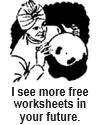 | 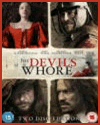 | 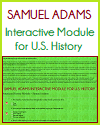 | 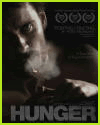 | 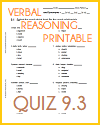 | 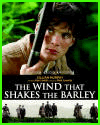 |
| Postwar America Worksheets | Postwar America Learning and Study Games |
| Postwar America Outlines and PowerPoints | Postwar America Maps and Pictures |
| Postwar America Miscellany | Postwar America Books and Films |
| www.studenthandouts.com ↣ U.S. History ↣ Postwar America ↣ Books & Films |

